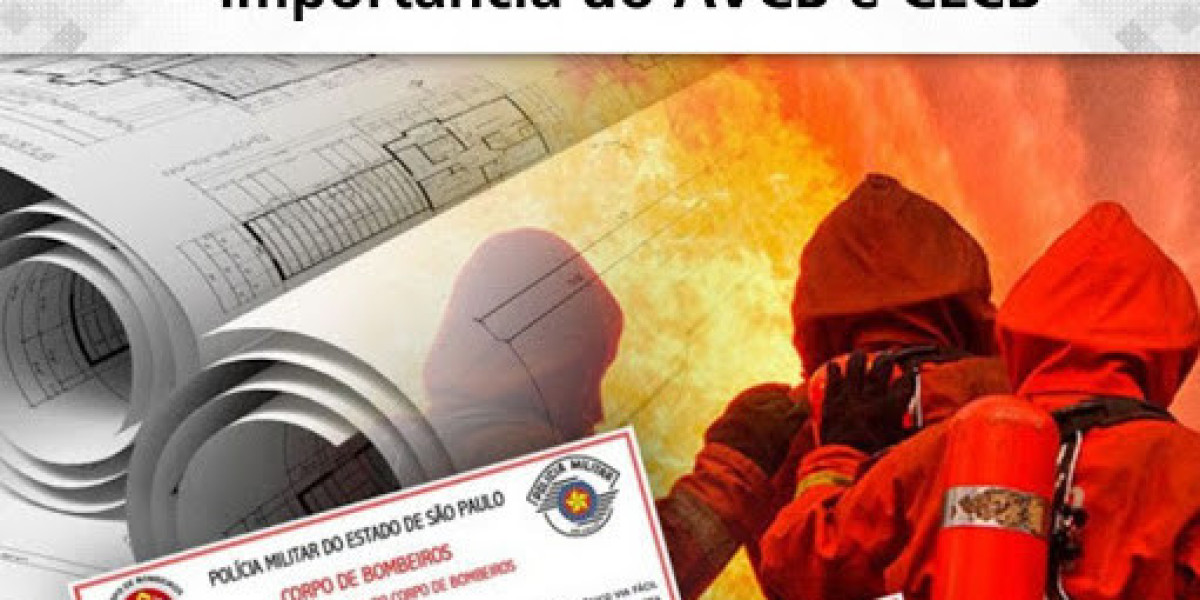From the essential fire extinguisher to the sophisticated computerized fire suppression systems, and from the essential smoke detector to the great emergency response plans, we cover the essentials that everyone should know.
A jet nozzle is eschewed in favour of a spray nozzle, which creates a fine spray courtesy of the upper stress. Surfactants may be added to assist the water penetrate further into burning material. Water mist extinguishers are costlier than water extinguishers, costing from round £50 for 1 litre to £100 for six litres. This chart visualises the fire extinguisher sorts used within the UK and the types of hearth for which they are appropriate, Clique nesse link as nicely as their colour codes.
Es esencial efectuar simulacros periódicos para poner a prueba las capacidades y destrezas del equipo. Estos simulacros tienen que recrear situaciones lo mucho más realistas viable, incluyendo la activación de alarmas, evacuaciones e inclusive la existencia de víctimas simuladas. De esta manera, el equipo podrá practicar sus roles y estudiar a trabajar en grupo de forma eficaz bajo condiciones de estrés. Una vez que las sendas de evacuación estén correctamente señalizadas, es esencial efectuar inspecciones regulares y sostenerlas en buen estado. La señalización puede deteriorarse transcurrido el tiempo debido a condiciones climáticas, exposición al sol u otros factores externos. Las sendas de evacuación son caminos establecidos para mover hacia afuera a las personas de un edificio durante un siniestro, esto en el menor tiempo y de la manera mucho más ordenada viable.
Qué alternativas existen licença do bombeiro para empresa las personas con movilidad reducida en una ruta de evacuación
La señal será, en todo caso, audible, debiendo ser, además de esto aparente en el momento en que el nivel de estruendos donde deba ser percibida supere los 60 dB (A). El nivel sonoro de la señal y el óptico, en su caso, dejarán que sea percibida en el campo de cada ámbito de incendio donde este instalada. Los sistemas automáticos de detección de incendios y sus características y informaciones se ajustarán a las reglas. Los detectores de incendios necesitarán, antes de su fabricación o importación, ser aprobados de acuerdo a las reglas. Los aparatos, equipos y sistemas, así como sus partes y elementos,y la instalación de los mismos, deben reunir las características que se detallan ahora.
Simulacros y Escenarios
Estos sistemas pueden extraer los gases calientes generados al comienzo de un incendio y hacer áreas libres de humo por debajo de capas de humo flotante, favoreciendo de este modo las condiciones de evacuación y facilitando las trabajos de extinción.
HCFC 123 (Clean Extinguishing Agent)
Carbon dioxide and water-based extinguishers want a hydrostatic check each 5 years. Stored-pressure extinguishers require standardized upkeep every six years, and saved stress and cartridge-operated extinguishers need a hydrostatic check conducted each 12 years. Specialized for Class K fires, these fireplace extinguishers use a brand new agent that extinguishes the fire by eradicating the heat from the fireplace and preventing re-ignition by making a barrier between the oxygen and gas components. A moist chemical of Class K extinguishers was developed for modern, high-efficiency deep fat fryers in industrial cooking operations. Simply knowing the Class of fire and utilizing an appropriate extinguisher is all that is needed to save lives in an emergency the place combating a fireplace is feasible.
Class B Fires: Flammable Liquids and Gases
We are dedicated to providing the highest high quality protected options that meet the expectations of our distributors and the industry. According to UL reporting, the incidents involved with lithium-ion battery fires have increased through the years. The NFPA has also put out a number of safety ideas for charging and disposing of lithium-ion batteries. Currently, nevertheless, neither group has put out a standard round lithium-ion battery hearth extinguishers. E1D16(a) requires the installation of appropriate fireplace extinguishers in all buildings under building. They are to be placed adjacent to exits on every storey so that they are often simply found by workers if a fireplace occurs.
Class D Fires: Combustible Metals
To require the set up of suitable fireplace hose reel systems to enable, where applicable, a building’s occupants to undertake initial assault on a hearth. For inside fireplace hydrants, E1D2(4) typically requires the installation of inner fireplace hydrants on the storey they are to service. The cause for this is to eliminate working a hearth hydrant hose up or down a stairway. Fire hydrants are needed to stop the spread of fire between buildings and fire compartments. They are principally needed for hearth brigade use and usually are not supposed to be used by occupants. Properly educated people and particular tools are wanted for effective firefighting using a fire hydrant system.




